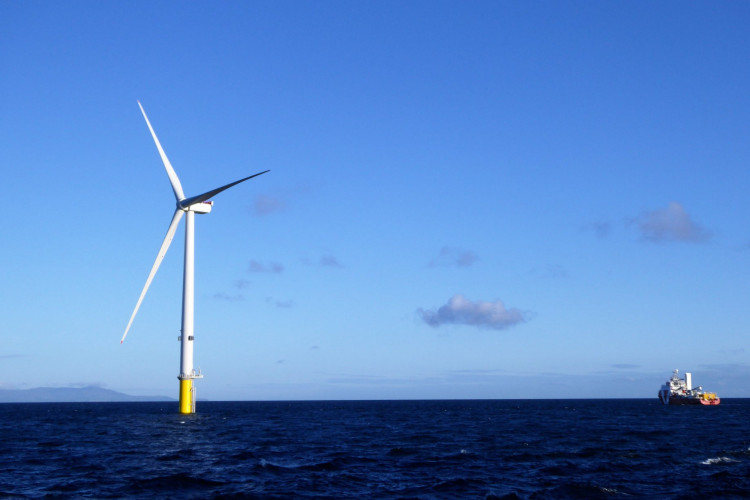Ørsted, the biggest energy company in Denmark and one of the world's clean energy companies that pioneer the offshore wind sector, has entered into an agreement with hedge fund D.E. Shaw to acquire 100 percent equity interest with Deepwater Wind for $510 million.
Under the agreement, Rhode Island-based Deepwater Wind's offshore wind assets will be merged with that of Ørsted's and will operate as one entity. Once deal is closed, the name of the new company will be Ørsted US Offshore Wind.
Offshore wind power is a technology that uses wind farm constructed in bodies of water, like an ocean or continental shelf, to harvest wind and generate electricity. The technology can provide the household with electricity without the harmful carbon dioxide emissions. Ultimately, the technology is integral in meeting clean energy target by replacing nuclear and coal-fired power energy sources.
In its announcement, Ørsted said it was drawn to Deepwater Wind's attractive and geographically diverse portfolio of projects. Among these projects are offshore wind facilities in Connecticut, Maryland, New York, and Rhode Island which Ørsted believes have the capacity to achieve 3.3 gigawatts given the right investments.
Ørsted's portfolio in the United States, on the other hand, amounts to around 5.5 gigawatts. With its acquisition of Deepwater Wind, it can now deliver clean energy to seven states on the U.S. East Coast to help them achieve their goal of 10 gigawatts of offshore wind capacity by 2030.
Internationally, the Danish company has similar projects in Britain, Germany, Taiwan, and Denmark.
Martin Neubert, CEO of Offshore Wind at Ørsted, said its acquisition of Deepwater Wind positioned the company as the global market leader in the offshore wind across Europe, North America, and the Asia Pacific.
Offshore wind power technology is a relatively new arena for the United States. Deepwater Wind is among the few which have been successful in the industry within the country. Globally, the offshore wind power market is being dominated by Denmark, Britain, and Germany.
For Ørsted to pay more than $500 million for a relatively small company with just one wind farm could mean that the United States has quickly positioned itself as an upcoming major player in the offshore wind industry, The New York Times noted.
Indeed, Neubert told the publication that the offshore market in the United States is showing the potential of a rapid growth in the coming years. Hence, Ørsted wanted to be well-positioned once the competition tightens, Neubert highlighted.






